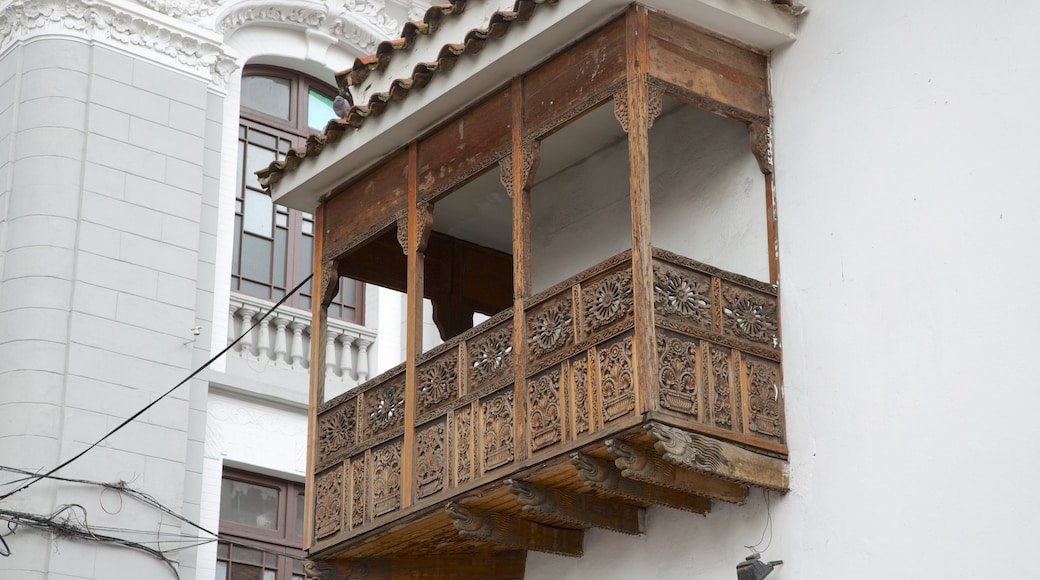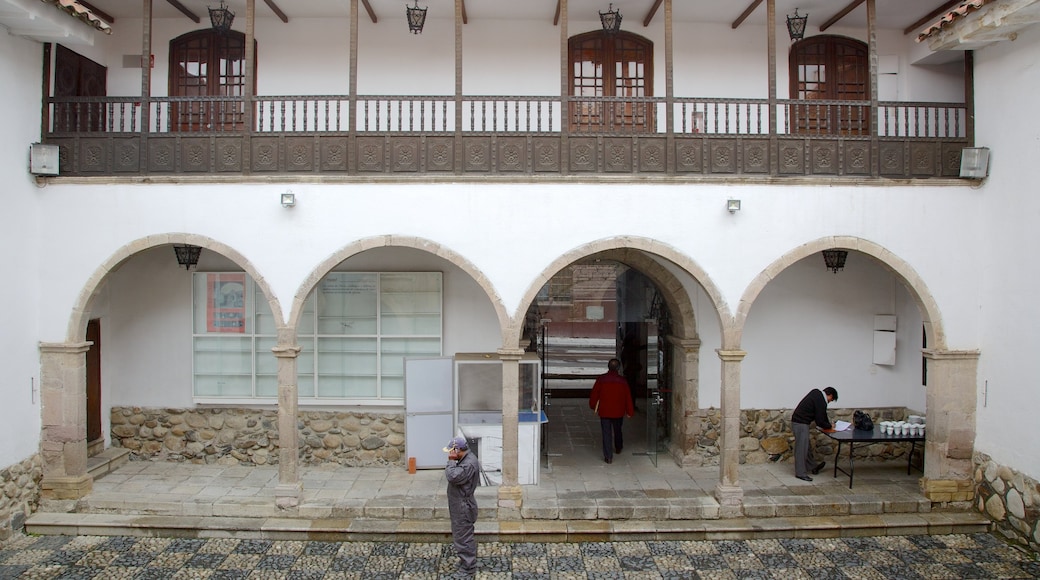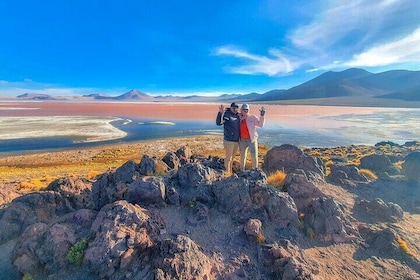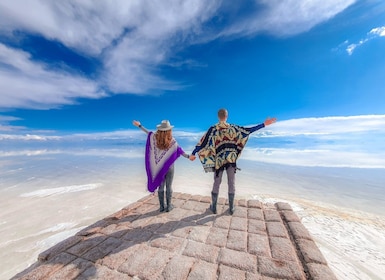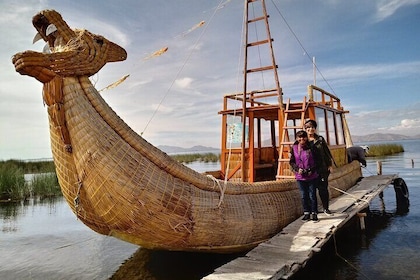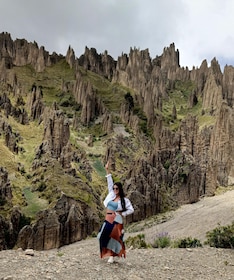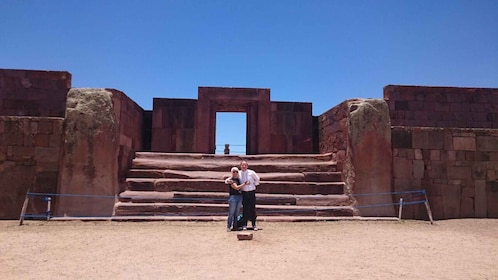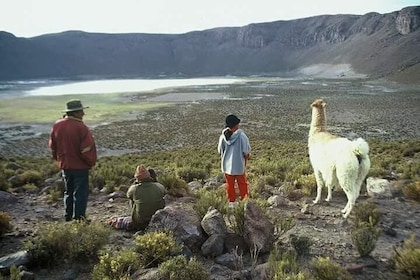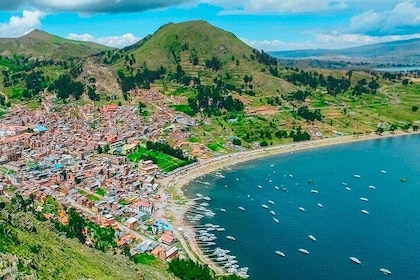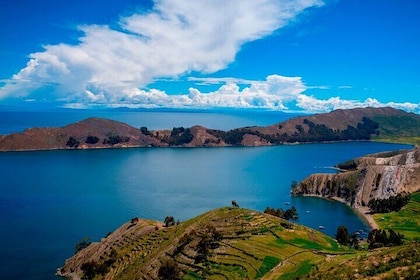The National Museum of Ethnography and Folklore sheds light on the intriguing eccentricities and customs of Bolivia’s diverse peoples. Its large array of cultural artifacts is on display in the 18th-century Marquis de Villa Verde Palace. Take classes in the museum to learn about pottery, drawing and several types of dance.
Admire the elegant wooden balcony and whitewashed façade of this historic colonial building. Enter and inspect the intricate details of the 50 festival masks on permanent display. Learn about the Uros people who continue to live on floating islands on Lake Titicaca. Capture photos of some of the intriguing artifacts spread out across this museum.
See the preserved ceramics made by craftspeople in the Andes mountains and admire the various fabrics. The museum’s collection includes a range of weapons, tools and coins that reveal the country’s past. Among the highlights is the 3,000 Years of Textiles exhibit, which displays the tapestries and clothing of indigenous groups in Bolivia.
Browse the collection of books about Bolivian and indigenous culture in the library, which holds about 15,000 printed items, including several rare and historic books. Watch a documentary produced by the museum about the history and culture of the country. Many of the videos are available for purchase.
Check the timetable of the museum’s classes for the opportunity to learn about folklore and modern and classic dances. The dance and art classes take place between Monday and Friday.
The museum also has a branch in the city of Sucre. Note that it has a small entrance fee and opens daily from morning until evening, with a break for lunch. It closes earlier on weekends.
The National Museum of Ethnography and Folklore is in the busy historic center of La Paz. Ride a bus to the stop at the southern end of nearby Plaza Mayor. Visit other neighborhood attractions, such as the National Museum of Art, the La Paz Cathedral and the Coca Museum.


